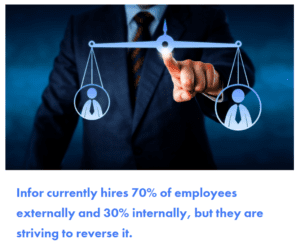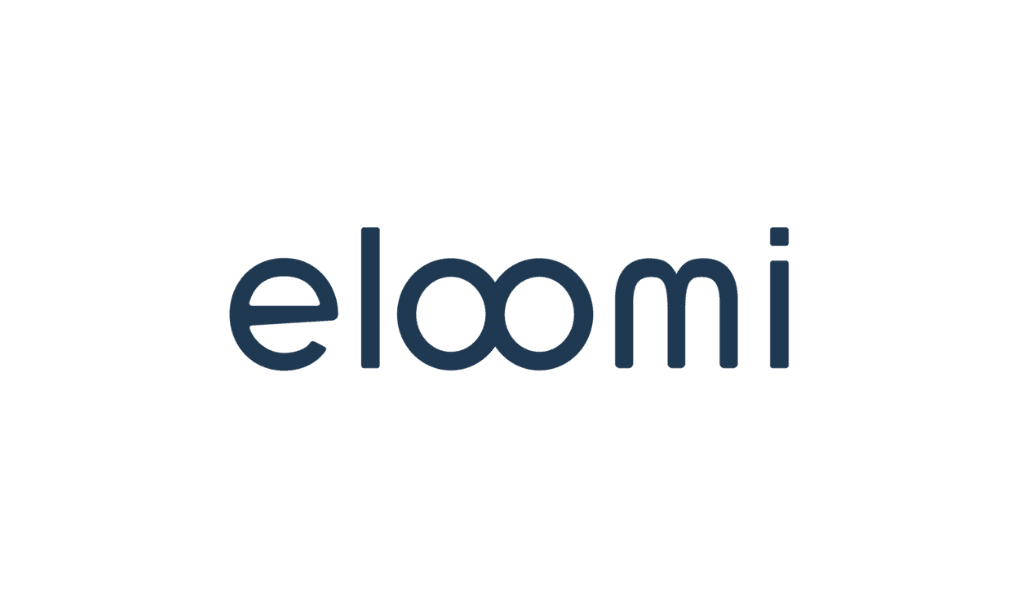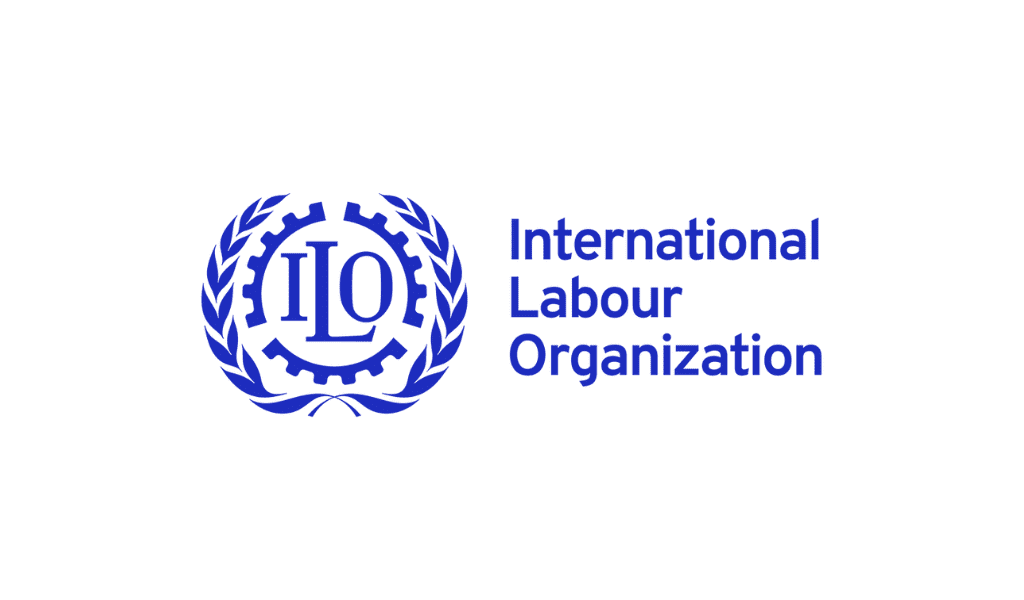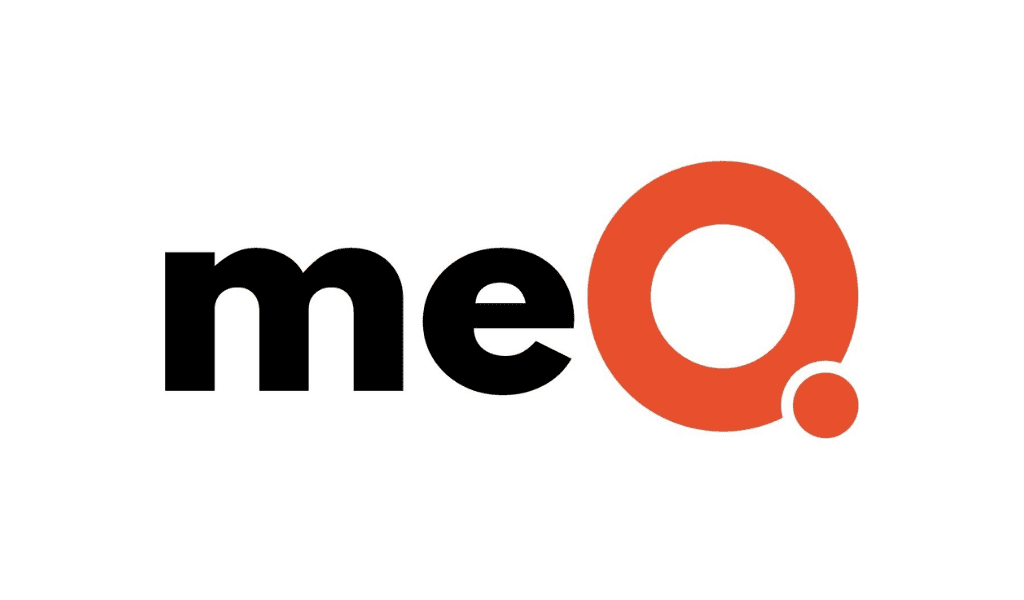By aligning employee skills with company goals, organizations will achieve objectives and maximize potential to boot.
By Ben Perry
With talks of an economic downturn, some organizations have been criticized for cutting costs by replacing seasoned mid-managers with less expensive interns.
Before taking this approach, there are many factors that companies should consider, including:
- an increase in training costs for less experienced workers;
- a decrease in company morale with hiring changes; and
- a total misalignment of company culture.
Rather than replacing employees, companies should focus on building dynamic roles for people that go beyond the job description on paper.
To create a comparative advantage in hiring, organizations must architect roles around people and the specific skills and talent they bring to truly maximize employee and company growth. The focus needs to be on selecting contribution-motivated lifelong learners rather than solely selecting job candidates based on technical ability. This, in combination with continual feedback, will promote employee growth and ultimately self-actualization.
The benefits of contribution-motivated individuals are vast and provide a different and special value to an organization. One primary benefit is their commitment to developing and expanding their abilities. These workers are driven by opportunities to sharpen their strengths, which ultimately helps advance the organization.
But companies need a mindset shift to prevent pigeonholing individuals to a singular role with an expectation to maximize their potential. To remedy this, tailoring roles for individuals and their unique talents allows for a diversification of a skill set at a company and the opportunity to explore new avenues of employee growth and potential.
To ensure roles are built around people, it’s imperative to have managers with different leadership styles who catalyze employee development. For example, a leader may have a management style that pushes employees to deliver results instantly as some individuals thrive off of this ambitious approach. On the other hand, junior staff may prefer a nurturing management style to acclimate to a new role and gradually accomplish results as they grow.

Regardless of management styles, leaders must be clear on employee responsibilities to tailor a role to the individual’s strengths. It is critical to align expectations early to meet company and individual goals.
A mindset shift on how to approach recruiting must also occur for an organization to truly architect roles for their people. Recruiting should not be viewed as a backfill or a replacement for a role when employees leave a company. Instead, when job vacancies open, it’s critical to look at candidates internally to understand how these individuals can magnify their role in a company and deliver results.
Together, managers and employees must spend time looking at a career path from a holistic viewpoint to promote growth. More specifically, managers and employees should look at how to develop a positive career trajectory in their own job function while also exploring other skills and experiences. This will result in growth across the board for the individual with skill set expansion and overall company growth.
By putting people at the forefront of organizational goals, businesses will achieve objectives while heightening employee potential and discovering new avenues for advancement.
It’s imperative to not lose sight of current employees’ talents and potential. Therefore, organizations should look inward to support a healthy business while uplifting and shaping company culture. This is what leads to long-term alignment with larger organizational goals and stability during economic uncertainty.
Ben Perry is CHRO for Infor.














